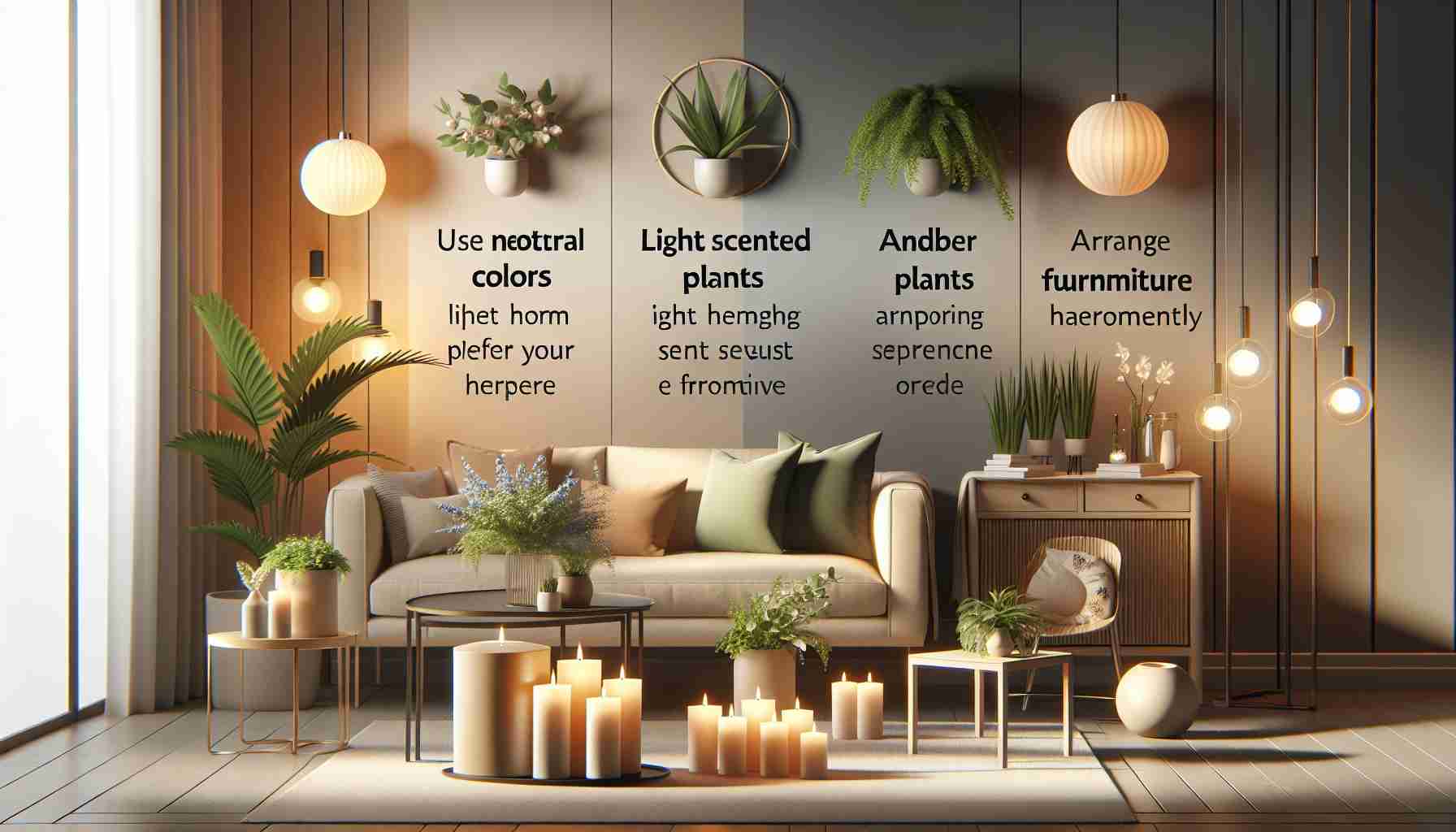Transform Your Space
Create a serene atmosphere by incorporating soft lighting, cozy textiles, and calming colors to set the tone for relaxation. Swap out harsh overhead lights for gentle lamps and add plush blankets and cushions to your seating areas for extra comfort.
Bring in Nature
Introduce houseplants to your living space to purify the air and bring a touch of nature indoors. Greenery can help reduce stress and promote a sense of tranquility. Consider low-maintenance options like succulents or peace lilies.
Declutter Mindfully
Clearing out unnecessary clutter can make your home feel more spacious and peaceful. Take the time to organize items, donate things you no longer need, and create designated storage areas to maintain a tidy environment.
Create a Cozy Nook
Designate a cozy corner in your home where you can unwind and relax. Add a comfortable chair or bean bag, a small side table for books or beverages, and some personal touches like photos or artwork to make the space truly your own.
Incorporate Relaxing Scents
Use essential oils, candles, or incense to infuse your home with soothing fragrances like lavender, chamomile, or eucalyptus. Scents can have a powerful impact on mood and help create a peaceful ambiance.
Engage the Senses
Enhance the atmosphere in your home by engaging all five senses. Play calming music or nature sounds, display visually pleasing artwork, enjoy comforting textures, savor delicious teas or snacks, and bask in the natural light filtering through your windows.
Enhance Your Home Environment for Ultimate Relaxation
Transforming your home into a sanctuary goes beyond just aesthetics and ambiance. While soft lighting, nature elements, and decluttering are crucial steps, there are additional considerations to create a truly relaxing space. Let’s delve into some key questions and factors to further enhance your home environment:
1. How does room temperature affect relaxation?
Maintaining an optimal room temperature is essential for creating a comfortable and soothing atmosphere. While preferences vary, a slightly cooler temperature, around 65-70 degrees Fahrenheit, is generally conducive to relaxation and better sleep.
2. What role do colors play in relaxation?
Colors can significantly impact mood and relaxation levels. While calming shades like blues, greens, and neutrals are commonly recommended, individual responses to colors can vary. Experiment with different hues to find what resonates most with your sense of tranquility.
3. Are there benefits to incorporating natural light?
Natural light not only helps save on energy costs but also offers numerous health benefits. Exposure to natural light during the day can regulate your body’s internal clock, improve mood, and enhance overall well-being. Consider maximizing natural light during daytime hours for a more rejuvenating environment.
Key Challenges and Controversies:
One challenge in creating a relaxing home environment is balancing personal preferences and practicalities. While some may prefer minimalistic decor for tranquility, others may find comfort in a more eclectic style. Finding the right balance that suits your individual needs while maintaining a relaxing atmosphere can be a challenge.
Advantages:
– A well-curated, relaxing home environment can contribute to reduced stress levels, improved mental health, and better overall quality of life.
– Creating a space that promotes relaxation can enhance productivity, creativity, and general well-being.
– Incorporating elements like aromatherapy, soothing sounds, and comfortable furnishings can help you unwind and rejuvenate after a long day.
Disadvantages:
– Overaccessorizing or cluttering your space in an attempt to create a relaxing atmosphere can have the opposite effect, leading to feelings of overwhelm or unease.
– Finding a balance between aesthetics and functionality when designing a calming space can be challenging, especially in shared living environments.
– Maintaining a serene home environment requires ongoing effort and commitment to organization and upkeep.
For further inspiration and tips on creating a tranquil home environment, you can explore resources from Better Homes & Gardens, a trusted source for interior design and lifestyle inspiration. Remember, a peaceful home is a personal sanctuary that reflects your unique style and fosters relaxation and well-being.
